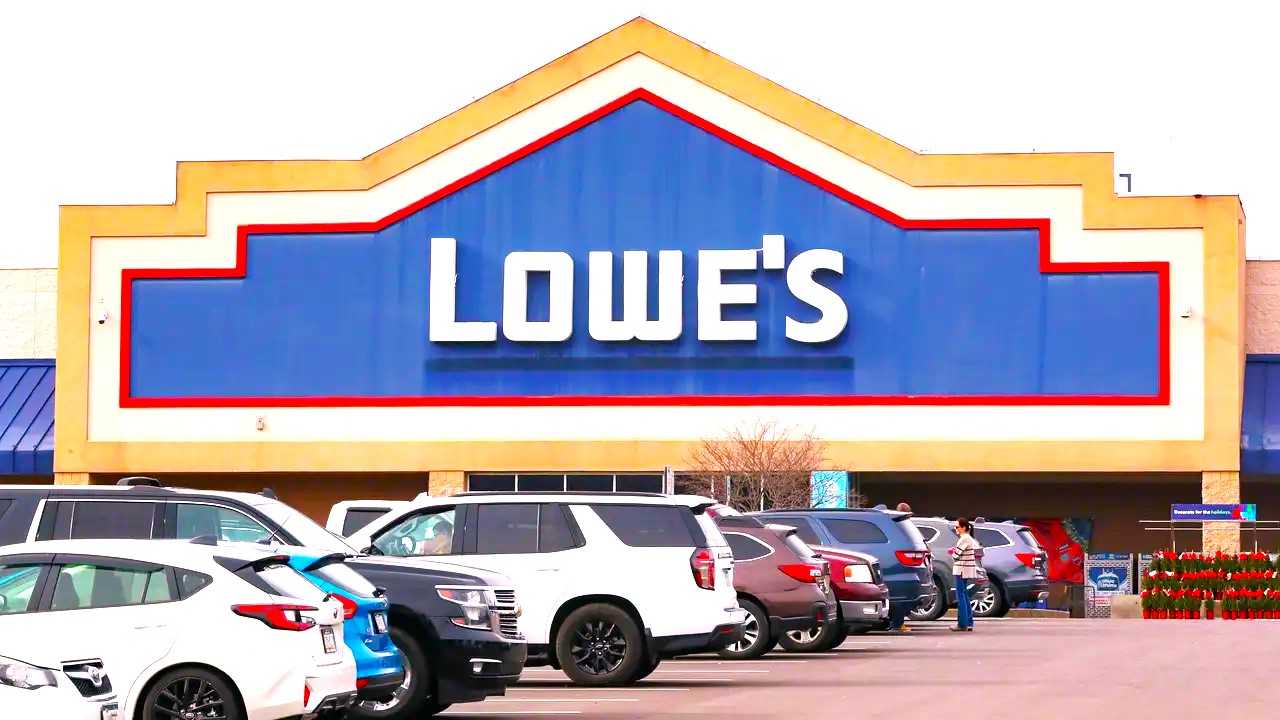Lowe’s, the home improvement retail giant, confirmed this week that it will be closing a series of underperforming stores across the United States. The announcement comes as regions brace for continued bouts of severe weather, as forecasted by Fox 5 Weather, intensifying challenges for both the retail industry and consumers alike.
While the exact number of Lowe’s stores closing has not been officially disclosed, company officials revealed that the decision affects locations in at least eight states, including parts of the Northeast, Midwest, and Southeast. This strategic move comes in the wake of a broader evaluation of store performance, real estate efficiency, and shifting shopping behaviors.
“We continuously evaluate our store portfolio to make sure we are best positioned to meet our customers’ needs,” said a spokesperson for Lowe’s in a press statement. “Unfortunately, that means we must make difficult decisions, including closing stores that no longer align with our long-term strategy.”

The closures, expected to roll out in phases throughout spring and early summer, coincide with heightened weather volatility. Fox 5 Weather meteorologists have pointed to a growing number of extreme weather events—ranging from sudden snowstorms in April to unexpected tornado warnings and torrential rainfall—as contributing factors in disrupted foot traffic and increased operational costs.
“In recent weeks, we’ve seen persistent cold fronts and unseasonal weather patterns sweeping across the mid-Atlantic and Southern states,” said Fox 5 Weather’s chief meteorologist Brian Johnson during a Tuesday broadcast. “For retailers, especially those with large-format stores like Lowe’s, these conditions can significantly affect day-to-day operations and revenue projections.”
Industry analysts suggest that the intersection of economic uncertainty, supply chain strain, and climate-related instability has created a perfect storm for brick-and-mortar retailers.
“Consumers are becoming more selective with how and where they spend, and unpredictable weather only exacerbates that,” said Marie Simmons, a retail strategist with the National Retail Federation. “Store closures like these are not necessarily a sign of corporate weakness but rather strategic repositioning in an evolving market.”
Lowe’s, which operates more than 1,700 stores across the U.S., has weathered several transformative shifts in recent years. The COVID-19 pandemic initially fueled a boom in home improvement spending, with more people staying home and investing in their living spaces. But as inflation crept upward and interest rates climbed, consumer habits began to shift once again.
In colder regions like upstate New York and parts of Michigan—where several of the Lowe’s stores closing are located—seasonal weather has made it harder for foot traffic to bounce back after the winter lull. According to recent reports by Fox 5 Weather, unseasonably cold temperatures and persistent snowstorms delayed the start of the usual spring renovation rush, impacting sales numbers.
Employees at affected locations have begun receiving notification, with Lowe’s confirming that it will provide support and transition opportunities for those displaced. The company has not announced plans to abandon any specific markets entirely, but rather to focus on optimizing existing high-performing locations and strengthening its e-commerce and same-day delivery services.
“We remain committed to our customers and communities,” the Lowe’s spokesperson added. “Wherever we close a store, we do so with careful consideration and a deep focus on supporting our associates.”
Local communities, however, are feeling the impact. In Trenton, New Jersey, residents expressed disappointment upon hearing their local Lowe’s would be among those closing.
“I’ve been shopping at that Lowe’s for over a decade,” said Thomas Reyes, a local contractor. “It’s convenient, the staff knows their stuff, and it’s going to be a blow to have to travel an extra 30 minutes for basic supplies.”
The sentiment was echoed in Rockford, Illinois, where municipal leaders are now evaluating the potential economic ripple effects. “Big-box retailers like Lowe’s serve as anchors for other small businesses nearby,” noted City Council member Andrea Klein. “We’re urging the company to reconsider or, at the very least, work with us to ensure a smooth transition for employees and the local economy.”
The role of weather in retail has become an increasingly important topic of discussion. Analysts are beginning to incorporate meteorological data, like those provided by Fox 5 Weather, into economic modeling and forecasts for major chains. Prolonged winter weather can delay DIY and outdoor projects, while summer storms have the potential to damage infrastructure, limiting accessibility and logistics.
Climate unpredictability, while long warned about, has now become a pressing business concern. Companies like Lowe’s, Home Depot, and Target are reevaluating how to adapt to weather-driven challenges, from adjusting inventory for storm-prone regions to redesigning stores to withstand higher wind and flood risks.
Even as stores close, Lowe’s continues to invest in digital services and flexible fulfillment options. The company recently rolled out a mobile app update aimed at simplifying order tracking, and has expanded curbside pickup in several regions not impacted by store closures.
Looking ahead, Lowe’s executives say the goal is to build a more resilient, efficient retail network that serves customers across channels, both physical and digital.
“We know how important it is to stay connected to our customers—regardless of weather or economic conditions,” said Marvin Ellison, CEO of Lowe’s, during a quarterly earnings call. “Our strategy is centered on adaptability, and part of that involves making tough but necessary choices.”
As Fox 5 Weather continues to issue advisories for severe weather across multiple U.S. regions, the broader implications for retail and commerce remain a developing story. Whether more Lowe’s stores will close remains uncertain, but what is clear is that the convergence of economic and environmental pressures is reshaping the landscape of American retail—one store at a time.






